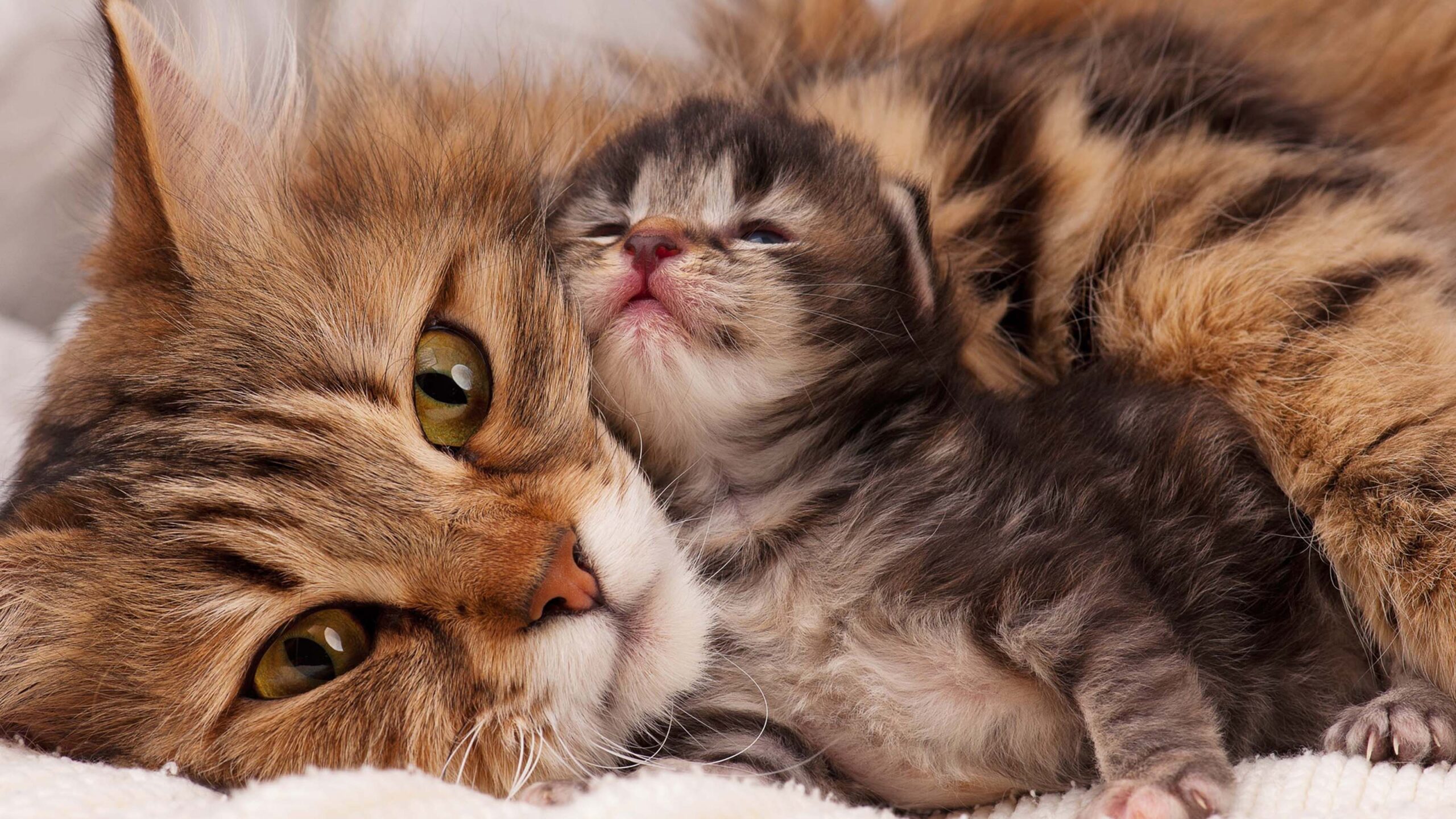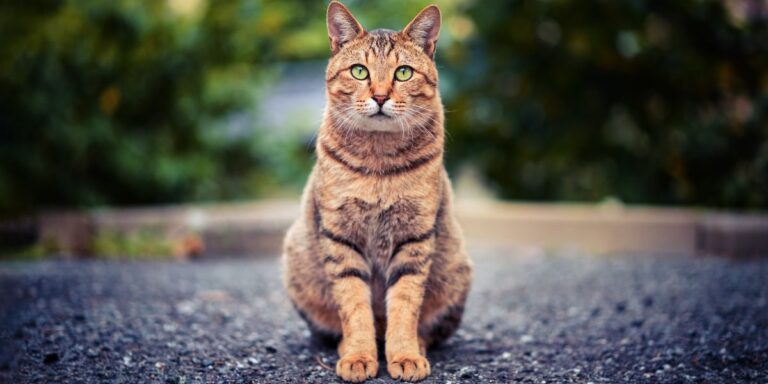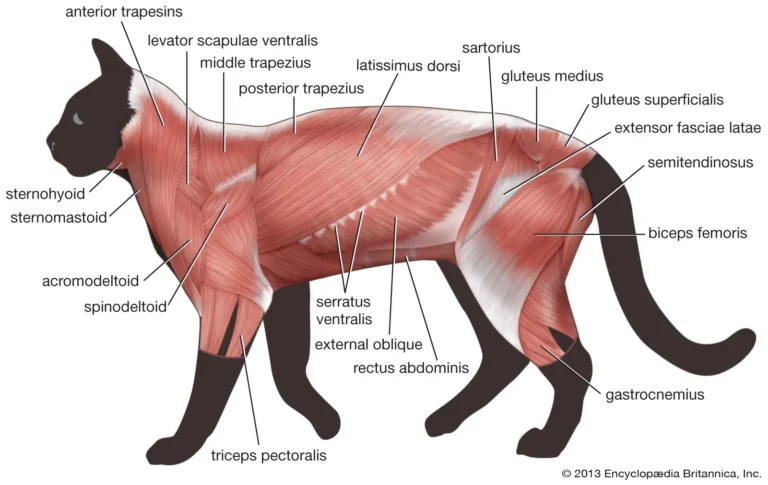Cat Pregnancy and Reproduction
Cats are fascinating creatures, and their reproductive cycle is no exception. As a cat owner, understanding the ins and outs of your cat’s pregnancy and reproduction can be invaluable in ensuring the health and well-being of your furry friend. This comprehensive guide will delve into the complexities of cat pregnancy, from conception to birth, and provide valuable information on breeding, kitten care, and potential complications.
Understanding the Feline Reproductive Cycle
The feline reproductive cycle consists of four distinct stages:
- Proestrus: This is the initial stage, where the female cat’s body prepares for mating and ovulation. During proestrus, she may exhibit increased vocalization, restlessness, and increased affection toward male cats. This stage typically lasts for 1-3 days.
- Estrus: Also known as “heat,” estrus is the fertile phase of the cycle, where the female cat is receptive to mating. This stage is characterized by intense vocalization, increased urination, rubbing against objects, and a distinctive posture where the back is arched and the tail is held to the side. Estrus cycles typically last for 4-7 days, and a female cat can go into heat multiple times throughout the year.
- Mating: When a male cat mates with a female cat, the process is brief but crucial. The male deposits sperm into the female’s reproductive tract, which can fertilize multiple eggs and result in multiple kittens in a single litter.
- Pregnancy: If the eggs are fertilized, the female cat enters the pregnancy stage, which lasts approximately 63-70 days. During this time, the developing kittens go through various stages of growth and development inside the mother’s womb.
Signs and Symptoms of Pregnancy in Cats
Recognizing the signs and symptoms of pregnancy in cats is essential for providing appropriate care and monitoring. Here are some common indicators:
- Increased appetite: A pregnant cat may experience increased hunger and a ravenous appetite as her body demands more nutrients to support the developing kittens.
- Weight gain: As the kittens grow inside the womb, the cat’s abdomen will gradually expand, leading to weight gain.
- Behavioral changes: Some cats may exhibit behavioral changes during pregnancy, such as increased affection, nesting behavior, or a desire for more privacy.
- Milk production: Towards the end of pregnancy, the cat’s mammary glands may start producing milk in preparation for nursing the kittens.
Breeding Cats: Responsible Considerations
Breeding cats is a significant undertaking that requires careful planning and consideration. Here are some essential factors to consider:
- Health and genetics: Ensure that both the male and female cats are healthy and free from genetic disorders that could be passed on to their offspring.
- Vaccinations and deworming: Both cats should be up-to-date on their vaccinations and deworming to prevent the transmission of diseases to the kittens.
- Appropriate environment: Provide a safe and comfortable environment for the pregnant cat and the kittens, including a quiet space for birthing and nesting.
- Responsible breeding: If you do not intend to keep all the kittens, have a plan in place for finding suitable homes for them.
Kitten Care: Ensuring a Healthy Start
Once the kittens are born, their care and well-being become paramount. Here are some essential steps to take:
- Monitoring: Keep a close eye on the kittens to ensure they are feeding and growing properly. Monitor their weight regularly to ensure adequate weight gain.
- Nutrition: Provide the mother cat with a high-quality kitten formula to ensure she has the nutrients she needs to produce milk for her kittens.
- Warmth and comfort: Kittens are highly susceptible to cold, so provide a warm and draft-free environment for them. Place a heating pad under their bedding to keep them cozy.
- Litter box training: Start litter box training as soon as the kittens are old enough. Place the litter box in a quiet and easily accessible location.
Potential Complications During Pregnancy and Birth
Despite careful preparation, complications can arise during pregnancy and birth. Here are some common ones to watch out for:
- Dystocia: This is a difficult or obstructed labor where the kittens cannot be delivered naturally. Signs of dystocia include prolonged labor, straining, and distress. Immediate veterinary intervention is necessary.
- Eclampsia: A serious condition that occurs when a cat’s calcium levels drop dramatically after giving birth. Symptoms include restlessness, muscle tremors, and seizures. Requires prompt veterinary treatment.
- Mastitis: This is an infection of the mammary glands, usually caused by bacteria. Signs include swollen, red, and painful mammary glands. Antibiotics and supportive care are necessary.
- Fading kitten syndrome: A condition where a kitten fails to thrive and dies shortly after birth. Causes can be infectious, genetic, or environmental. Early veterinary intervention is crucial.
Conclusion
Understanding cat pregnancy and reproduction is essential for cat owners to ensure the health and well-being of their feline companions. By being informed about the reproductive cycle, potential complications, and responsible breeding practices, cat owners can provide the best care for their cats throughout pregnancy and beyond. Regular veterinary check-ups and prompt attention to any signs of concern are key to ensuring a successful and healthy reproductive journey for cats.







